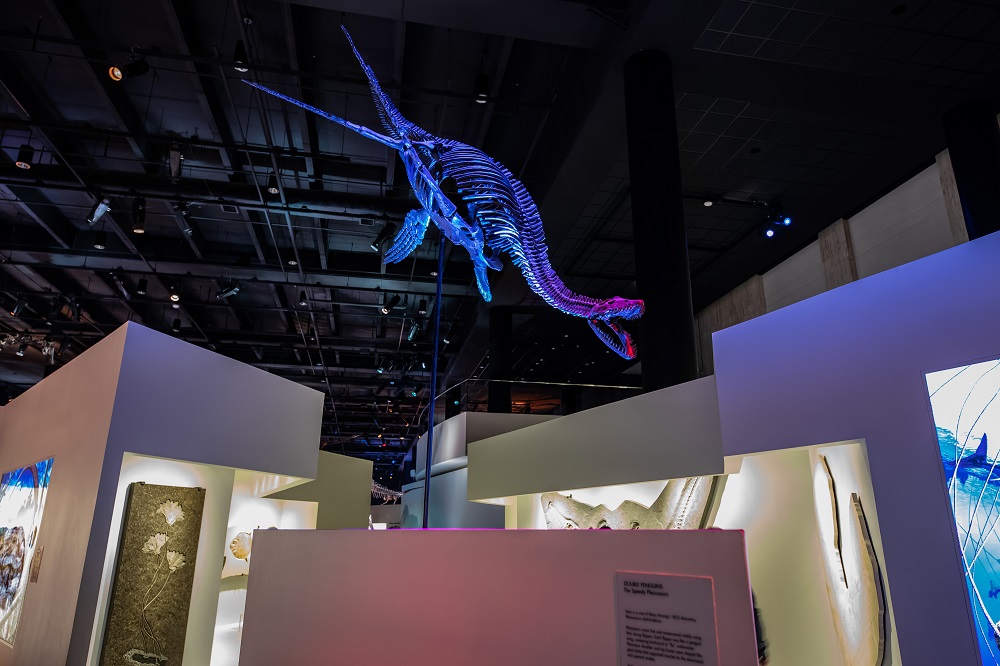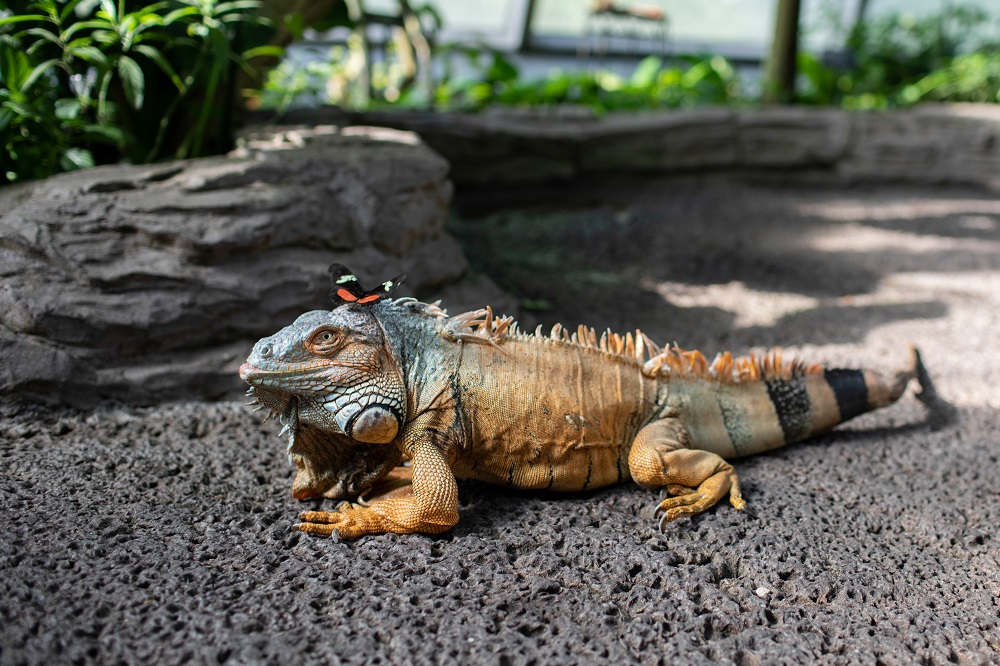You’ve likely stumbled upon a myriad of articles with titles similar to this “Big meanies use science to debunk the Loch Ness Monster myth”, or “Loch Ness Monster Hoax” and so on. Unfortunately, this blog here today is not going to help convince you of the existence of any such monster, but it may help you understand how myths like Nessie were so convincing. It all has to do with what people knew at that time, and how they could explain the unknown!

Here at the Houston Museum of Natural Science, we are always looking for more ways to connect to you! We create educational programming, covering science, history and anthropology to name a few, and we found one thing terribly interesting. Why are fairytale-like, magical and sometimes even “silly” myths so pervasive – and where did they come from anyways? Again, it is all about perspective. Take Nessie, the beloved Loch Ness monster, for example. The creature depicted in Robert Wilson’s photograph circa 1934 turned out to be just a submarine floating with a plastic head stuck on it. Pretty much takes all the fun out of it now, doesn’t it? Scientists have even gone so far to prove why the Loch Ness monster couldn’t be real.
- There hasn’t been a single convincing sighting of “Nessie”. If there is a giant dinosaur-like animal living in a lake in the Scottish highlands, we’re going to need quite a bit of evidence.
- If Nessie were real, we would find bones of its ancestors. Unfortunately, the biological, geological and physical evidence needed here to prove existence is missing.
- If Nessie really did exist, Loch Ness would not be large enough to sustain it. Remember learning way back when about biotic and abiotic factors?
- Loch Ness is too cold for a reptile to inhabit.
And on and on…

Dragons are another great example. Dragons have infiltrated nearly every corner of pop culture and show no signs of fading away anytime soon. And that’s because they’ve been around a very long time. Imagine living at the beginning of the 19th century, when discoveries or “monsters” that had gone extinct tens of millions of years before humans were around. These bones resembled nothing like any animal on Earth on that day. What explanation would you come up with? Dragons seemed like the most logical choice for those who had no knowledge whatsoever of dinosaurs.
These are just two examples of many, many legends that have been around for ages. Folklore is an important part of many cultures, and many of its roots are in the natural world around us! To learn more about a myth or its scientific background, try conducting some research of your own and let your imagination run!
Written by Sarah Landuyt of the HMNS Youth Education Department.

